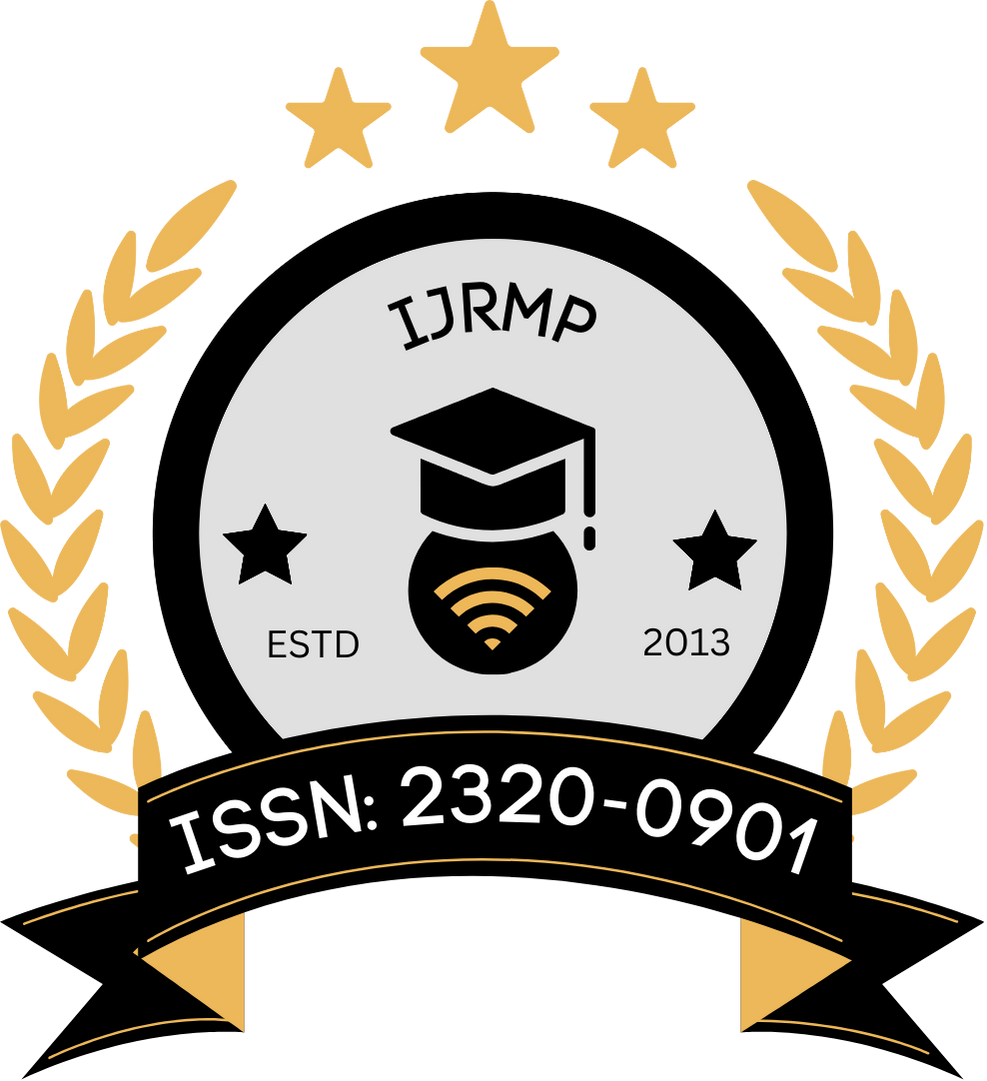![]()
Nitesh Dubey
Independent Researcher
Chhattisgarh, India
Abstract
The global distribution of pharmaceutical products during pandemics presents unique and critical supply chain risks that can significantly impact public health outcomes. This manuscript explores the challenges and strategies involved in managing risks within the drug distribution supply chain under pandemic conditions. Emphasis is placed on the identification of risk factors such as demand surge, supply disruptions, regulatory hurdles, and logistic constraints. Through a comprehensive literature review and analysis, various risk mitigation frameworks, inventory management techniques, and coordination mechanisms are examined. The study also highlights the importance of strategic partnerships, robust communication channels, and contingency planning to enhance resilience. This research aims to provide a structured understanding of supply chain risk management (SCRM) tailored specifically for pandemic drug distribution, offering insights that are vital for policymakers, healthcare providers, and supply chain professionals.
Keywords
Supply Chain Risk Management, Pandemic, Drug Distribution, Pharmaceutical Logistics, Risk Mitigation, Inventory Management, Public Health Supply Chain, Contingency Planning, Supply Disruptions, Demand Surge
References
- Christopher, M., & Peck, H. (2004). Building the resilient supply chain. International Journal of Logistics Management, 15(2), 1–13. https://doi.org/10.1108/09574090410700275
- Chopra, S., & Sodhi, M. S. (2004). Managing risk to avoid supply-chain breakdown. MIT Sloan Management Review, 46(1), 53–61.
- Ivanov, D., & Das, A. (2009). Disruption-driven supply chain reconfiguration: an approach to supply chain risk management. International Journal of Logistics Systems and Management, 5(4), 544-569. https://doi.org/10.1504/IJLSM.2009.027880
- Knemeyer, A. M., Zinn, W., & Eroglu, C. (2009). Proactive planning for catastrophic events in supply chains. Journal of Operations Management, 27(2), 141-153. https://doi.org/10.1016/j.jom.2008.06.001
- Lee, H. L., Padmanabhan, V., & Whang, S. (1997). The bullwhip effect in supply chains. Sloan Management Review, 38(3), 93-102.
- Lee, H. L., & Billington, C. (1993). Material management in decentralized supply chains. Operations Research, 41(5), 835-847. https://doi.org/10.1287/opre.41.5.835
- Peck, H. (2005). Drivers of supply chain vulnerability: an integrated framework. International Journal of Physical Distribution & Logistics Management, 35(4), 210-232. https://doi.org/10.1108/09600030510597628
- Reid, R. H., & Schuurman, P. (2001). Pharmaceutical supply chain logistics: challenges and solutions. Journal of Business Logistics, 22(2), 95-106.
- Sheffi, Y. (2005). The resilient enterprise: overcoming vulnerability for competitive advantage. MIT Press.
- Tang, C. S. (2006). Robust strategies for mitigating supply chain disruptions. International Journal of Logistics: Research and Applications, 9(1), 33-45. https://doi.org/10.1080/13675560500405584
- Trkman, P., McCormack, K., De Oliveira, M. P. V., & Ladeira, M. B. (2010). The impact of business analytics on supply chain performance. Decision Support Systems, 49(3), 318-327. https://doi.org/10.1016/j.dss.2010.12.006
- Van der Vorst, J. G. A. J., Beulens, A. J. M., & van Beek, P. (2007). Innovations in logistics and ICT in food supply chain networks. Journal on Chain and Network Science, 7(1), 9-15. https://doi.org/10.3920/JCNS2007.x014
